Take part in the Big Garden Birdwatch this month
and live on Freeview channel 276
The world’s largest garden wildlife survey returns from January 28-30.
Over its four decades, with the help of local people, Big Garden Birdwatch has highlighted the winners and losers in the garden bird world, giving the RSPB an astonishing amount of insight into how our wildlife is faring.
Advertisement
Hide AdAdvertisement
Hide AdIn 2021, more than a million people across the UK took part – making it the biggest Birdwatch ever, with an incredible 17 million birds counted over a three-day period
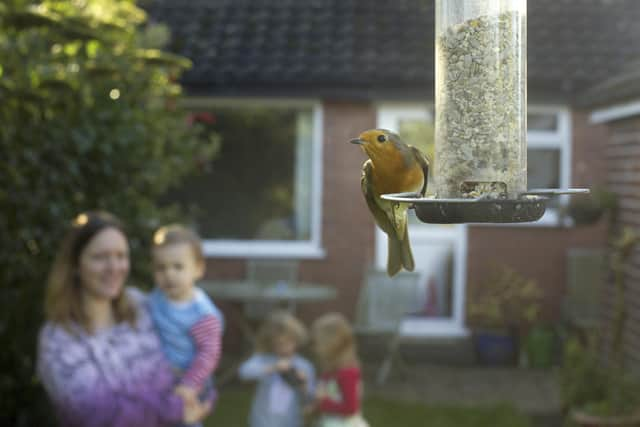

Last year it was the humble house sparrow that topped the charts for the most sightings, nationally, accounting for 64 percent of all recorded sightings.
It was followed by the starling, in second place, and the blue tit in third.
Figures for East and West Sussex mirrored the national figures for the three most common sightings.
Advertisement
Hide AdAdvertisement
Hide AdBlackbirds and robins also did well last year, both moving up the table and coming in at 4th and 6th place respectively.
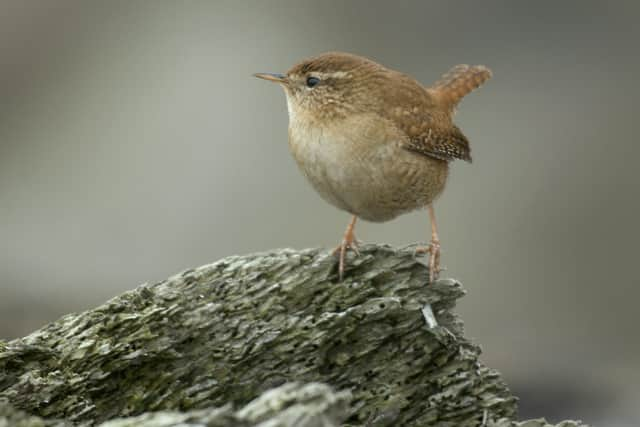

Meanwhile, finch numbers continued to fall, with greenfinches and chaffinches recording their lowest numbers ever.
Beccy Speight, the RSPB’s Chief Executive, said: “Over the past year, we’ve seen how important the natural world is to our mental health and wellbeing.
“There has been a surge in interest in the nature on our doorsteps and many people have come to rely on garden birds to bring joy and comfort in these unsettling times.
Advertisement
Hide AdAdvertisement
Hide Ad“This year’s event takes place on 28, 29 and 30 January and people across Sussex are invited to get involved, spending just an hour of their time recording the birds that land as seen from their windows, balconies or gardens, and submitting their results to the wildlife charity.
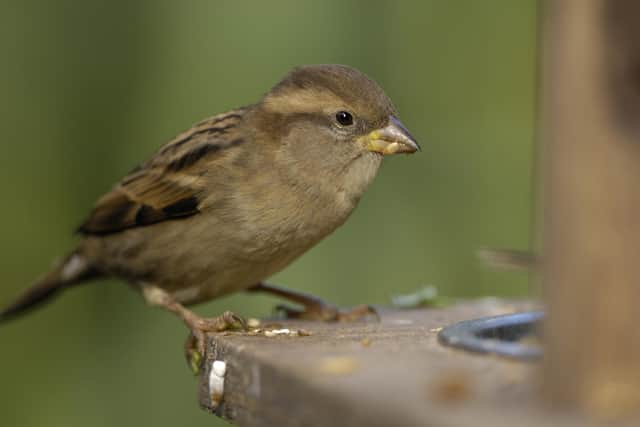

Have you read: Take a look inside this former Victorian Bath House in Sussex which is now a stunning home with its own bowling alley and cinema
“The RSPB’s Big Garden Birdwatch the largest garden wildlife citizen science project. Now in its 43rd year, over 150 million birds have been counted giving us an astonishing amount of insight into how our wildlife is faring.
“We were blown away by the enthusiasm with which people took part in the Birdwatch in 2021. We know that for many people, garden birds provide an important connection to the wider natural world and bring enormous joy.
Advertisement
Hide AdAdvertisement
Hide Ad“Over the last year, there has been a broad and much-needed realisation that nature is an important and necessary part of our lives especially for our mental health and wellbeing. But nature needs us too.
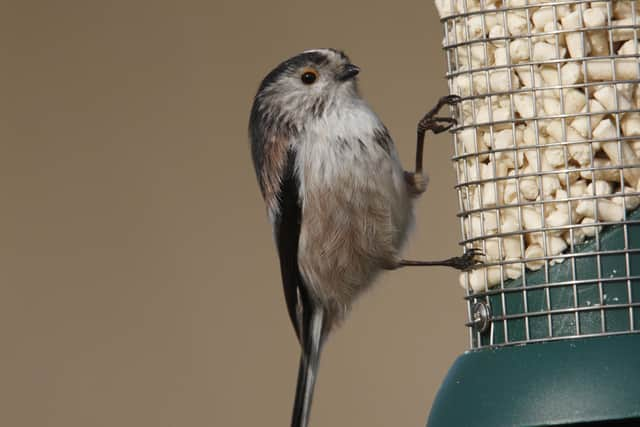

“By taking part in the Birdwatch, you are helping to build an annual snapshot of how our birdlife is doing across the UK.
“It is only by us understanding how our wildlife is faring that we can protect it. We know that nature is in crisis but together, we can take action to solve the problems facing nature.”
Over the last 50 years, nearly 40 million birds have vanished from the UK’s skies.
Advertisement
Hide AdAdvertisement
Hide AdAnd it’s not just birds that are suffering. The latest State of Nature report found that around two-fifths of UK species are in decline including turtle doves, red squirrels and water voles.
The RSPB has a long and distinguished history, dating back to In 1889.
Emily Williamson created the Society for the Protection of Birds with one core aim – to fight a fashion for feathers and exotic plumes that were driving birds including little egrets, great crested grebes and birds of paradise towards extinction.
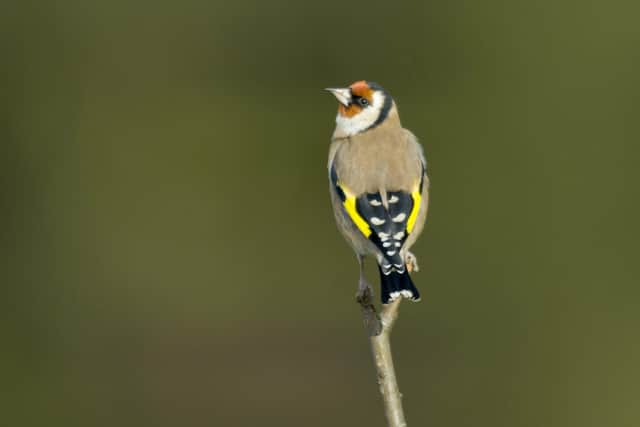

Her all-women movement was born out of frustration that the male-only British Ornithologists Union was not acting on the issue.
Advertisement
Hide AdAdvertisement
Hide Adin 1904 the society was awarded a Royal Charter, making it the Royal Society for the Protection of Birds.
Eventually, the 1921 Importation of Plumage (Prohibition) Act was passed, marking the RSPB’s first successful campaign for nature.
Conservation has always been central to the RSPB and in 1930 the society bought its first nature reserve.
In 1947, Minsmere was made a reserve and avocets – once extinct in the UK – bred at both Minsmere and the nearby Havergate Island.
Advertisement
Hide AdAdvertisement
Hide AdMore reserves followed, and the RSPB now manages over 200 nature reserves across the UK, including many in East and West Sussex.
In 1965, the RSPB launched the Young Ornithologists Club (now known as the Wildlife Explorers) for young people, and in 1979, with a special slot on kid’s TV show Blue Peter, launched the Big Garden Birdwatch.
To take part in the Big Garden Birdwatch 2022, watch the birds in your garden or local park for one hour at some point over the three days.
Only count the birds that land, not those flying over. Tell the RSPB the highest number of each bird species you see at any one time – not the total you see in the hour.
Advertisement
Hide AdAdvertisement
Hide AdBeccy added: “Whether you saw one blackbird, twenty starlings or no birds whatsoever, it is really valuable information as it helps us build a picture of how our garden birds are faring from one year to the next.”
The parallel event RSPB Big Schools’ Birdwatch is running until 21 February 2022. In 2021, it celebrated its 20th anniversary of connecting children with nature in their school grounds.
Since its launch, over a million school children and teachers have taken part. Further information can be found at www.rspb.org.uk/schoolswatch
For your free Big Garden Birdwatch guide, which includes a bird identification chart, top tips for your birdwatch, RSPB shop voucher, plus advice on how to help you attract wildlife to your garden, text BIRD to 70030 or visit www.rspb.org.uk/birdwatch.